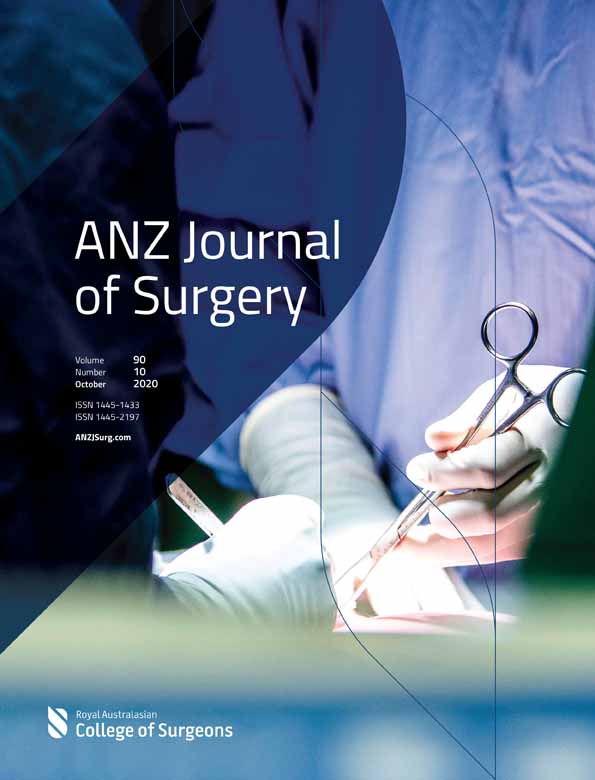Anti-lipid therapy and risk factor management for triglyceridaemia-induced acute pancreatitis
Abstract
Background
Pancreatitis secondary to hypertriglyceridaemia is rare, accounting for less than 5% of pancreatitis presentations. We reviewed our institutional experience with triglyceridaemia induced acute pancreatitis to report the clinical presentation, patient demographics and clinical management.
Methods
The Acute Surgical Unit database at a high-volume general surgical referral centre was queried to identify cases of acute pancreatitis secondary to hypertriglyceridaemia between 2016 and 2019. Patient demographics, clinical manifestations, biochemical derangements and treatment regimens were analysed. Current related literature was reviewed.
Results
There were 496 presentations for acute pancreatitis of which 14 presentations (2.8%), amongst 12 patients were due to hypertriglyceridaemia. The mean triglyceride level at presentation was 92.46 (standard deviation 46.9) mmol/L. Ten patients (83%) had poorly controlled type 2 diabetes. All patients were managed using conservative therapy combined with a restricted fat diet and commenced on long-term anti-lipid therapy to manage associated risk factors. In addition, 10 patients received an insulin infusion and one patient received insulin infusion, plasmapheresis and heparin infusion in combination. The median length of hospital stay was 5.5 (range 3–13) days. Two patients (16%) developed a recurrent episode related to non-compliance to medical therapy.
Conclusion
Hypertriglyceridaemia is a rare cause of acute pancreatitis. Successful management involves the treatment of acute pancreatitis in conjunction with long-term anti-lipid therapy and optimisation of associated risk factors.
Conflict of interest
None declared.




